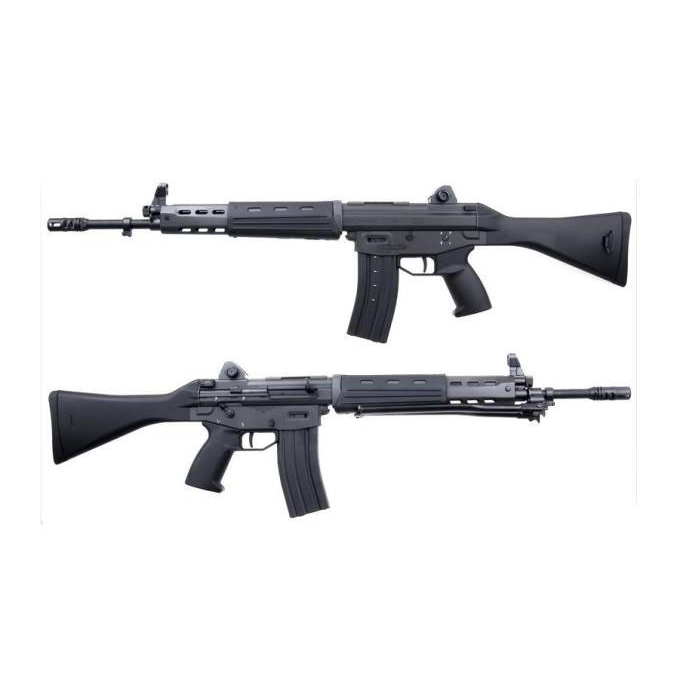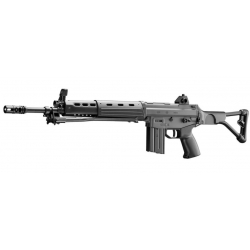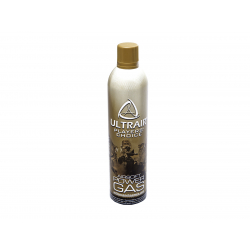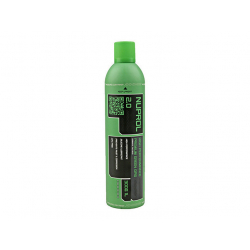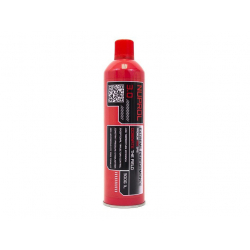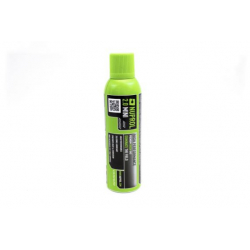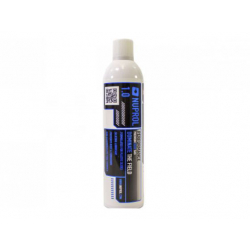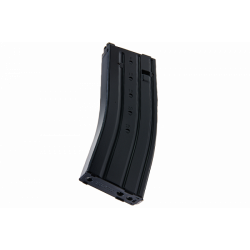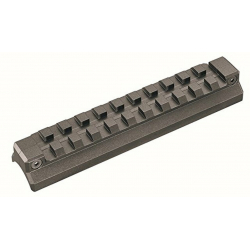No products
GBB TYPE 89
By buying this product you can collect up to 139 points.
View loyalty points rules.
Varianty produktů
GBB replica of Howa Type 89 rifle, made by Tokyo Marui. Receiver made out of aluminium. Forniture is plastic. Rifle uses Marui ZET systém. Functional bolt stop w/ last round lock open and three round burst mode. Sights are fully adjustable. Integrated bipod is quick detachable. Realistic field strip.
Length: 915mm
Weight: 3160g
Inner Barrel: 363mm
Magazine Capacity: 35rds
Muzzle Velocity: 120m/s
Gas Type: Green Gas
Fire Modes: Semi / Full-Auto / 3-Round Burst, Safety
Package Includes: Gun, Magazine, Bipod
Type 89 History
| Color | Black |
| Muzzle velocity (m/s) | 110 (m/s) |
| Recommended weight of ammunition | 0,25g - 0,28g |
| Thread (mm) | 14- (mm) |
| Length | 915 (mm) |
| Inner barrel length (mm) | 363 (mm) |
| Weight (g) | 3160 (g) |
| Body/receiver material | Metal |
| Magazine material | Metal |
| High-cap / Mid-cap | Mid-cap |
| Magazine capacity | 35 |
| Blowback | YES |
- TM magazine for Marui M4 MWS (TYPE 89) GBBR, 35 BBs - Black
PM10046
Magazine for GBB Gas Rifles TM M4 MWS, MTR and TYPE 89 with a capacity of 35 rounds brings reliability and performance in one. Designed with emphasis on precision craftsmanship and reliable operation with stable performance without faltering. Suitable for classic Green Gas types of gas! Treat yourself to a good dose of quality, treat yourself to Tokyo...
48,35 €Out of stock

